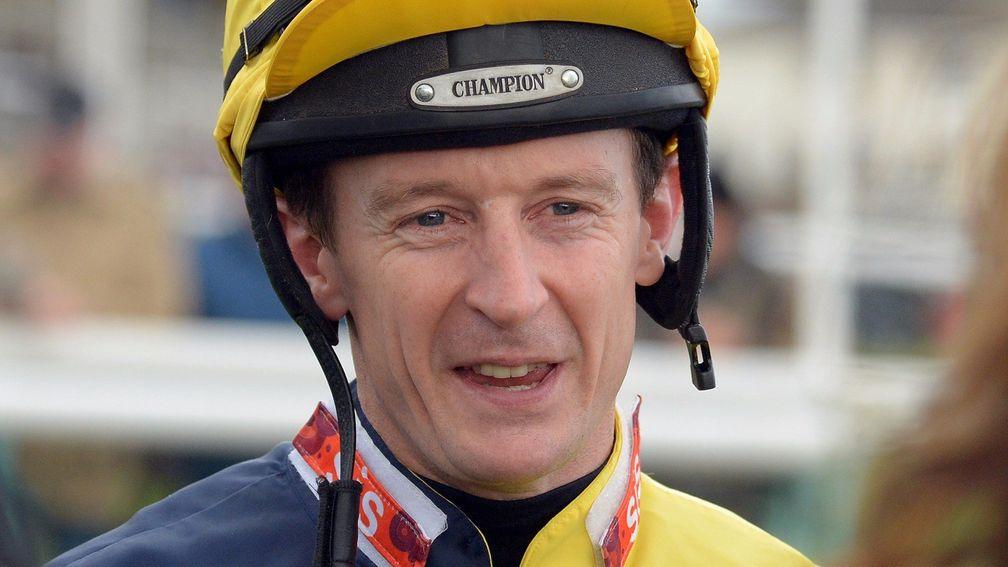'I'd look at where the track is worn, where the cover isn't as lush'
Steve Dennis meets a veteran rider with insight on the draw and going

A racecourse is no more than a big field, not markedly different from your lawn, and underneath the well-tended grass the composition of the soil can differ greatly. Some areas drain quickly, some areas retain water like a sponge – and you can't see what's going on. But you can feel your way.
Before almost every race meeting jockeys and trainers can be seen walking the track, testing the going, digging in a heel or a stick to gauge resistance. The official going is well advertised and broadly accurate, but it never hurts to draw your own conclusions, as hugely experienced Flat jockey Steve Drowne explains.
"If there's been significant rain, I would walk the course. Ascertaining the state of the ground is not an exact science – if there's been rain all week but the last 24 hours have been dry, it can be okay on top but as soon as you get under the first couple of inches it's sticky and holding.
Read the full story
Read award-winning journalism from the best writers in racing, with exclusive news, interviews, columns, investigations, stable tours and subscriber-only emails.
Subscribe to unlock
- Racing Post digital newspaper (worth over £100 per month)
- Award-winning journalism from the best writers in racing
- Expert tips from the likes of Tom Segal and Paul Kealy
- Replays and results analysis from all UK and Irish racecourses
- Form study tools including the Pro Card and Horse Tracker
- Extensive archive of statistics covering horses, trainers, jockeys, owners, pedigree and sales data
Already a subscriber?Log in
Published on 19 August 2017inSeries
Last updated 13:05, 19 August 2017
- We believed Dancing Brave could fly - and then he took off to prove it
- 'Don't wind up bookmakers - you might feel clever but your accounts won't last'
- 'There wouldn't be a day I don't think about those boys and their families'
- 'You want a bit of noise, a bit of life - and you have to be fair to punters'
- 'I take flak and it frustrates me - but I'm not going to wreck another horse'
- We believed Dancing Brave could fly - and then he took off to prove it
- 'Don't wind up bookmakers - you might feel clever but your accounts won't last'
- 'There wouldn't be a day I don't think about those boys and their families'
- 'You want a bit of noise, a bit of life - and you have to be fair to punters'
- 'I take flak and it frustrates me - but I'm not going to wreck another horse'